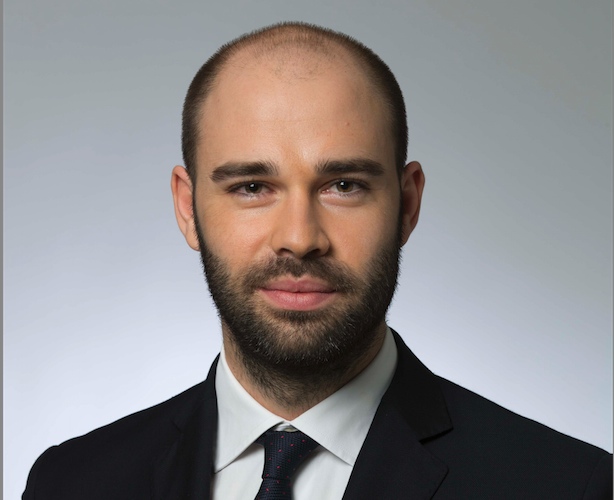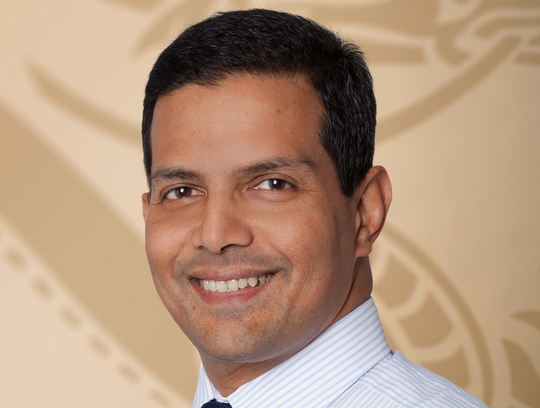“In Markets, We Can Be More Confident That “Bad Will Be Bad” and “Good Will Be Good” When It Comes to News or Data”
| For Alicia Miguel | 0 Comentarios

Andrea Mossetto, Investment Specialist of Parvest Diversified Dynamic Fund (BNP Paribas IP), explains in this interview with Funds Society the secret of this strategy and the importance of flexibility in the current environment, as well as where the best opportunities.
According to the PDD dynamic multi asset strategy, which asset class do you currently think has more value?
In current financial markets, characterised by a declining influence of external stimulus, we can be more confident that “bad will be bad” and “good will be good” when it comes to news or data. This is a welcome development seeing how in the past “bad appeared good” given the uncertain environment brought about by central banks’ unconventional monetary policy.
In a “winner takes all” market, at first glance, performance will be the only parameter that investors take note of, with no distinction between the thousands of management styles populating this type of multi-asset investments still sustained by strong inflows across Europe.
Since the end of 2014, we at THEAM believe asset allocation flexibility has become paramount to limit drawdowns and turn market challenges into opportunities. Investment performance can come from the asset manager’s ability to efficiently capture market risk premiums. To accomplish this, six years ago THEAM built a strategy where the weightings allocated to the various asset classes are not set in stone and there are no guidelines favouring one asset class over another. At no time do these strategies hold just one asset class or focus, say, 60%, of the portfolio exposure on a single investment theme. Instead, funds are always invested in a range of assets and the mix is adjusted according to the realized volatility of each asset held in the portfolio.
Is it the right moment to invest in more risky assets within equities or should we be more cautious?
Our approach can meet the needs of investors who, in an environment that has become structurally more volatile, are looking for a strategy that seeks to provide a stable risk profile without sacrificing the potential return. Our ‘Isovol’ risk-based strategic asset allocation is designed to offer risk stability and exposure reactiveness in bull and bear markets. We are able to align a flexible asset allocation with market dynamics according to the realized volatility of each asset held in the portfolio.
With our approach, investors can still have exposure to asset classes that they perceive as risky, while relying on the fund managers to scrutinize those risks by using a range of monitoring tools and their knowhow. At the same time, they are invested in asset classes that are typically less volatile, less cyclical, etc. and that can act as a counterweight.
As a result of such a multi-pronged strategy, investors can expect the portfolio to be shifted into higher-yielding assets in rising markets to maximize returns, while in a downturn, an adjustment to a more risk-averse portfolio should ensure that losses are minimised. Such an approach should appeal to investors intuitively.
Is it necessary to include other type of asset classes in the portfolio to look for such a decorrelation and reach a truly diversified portfolio?
On top of the Risk-based Strategic Asset Allocation, our Medium-term opportunistic ‘diversification assets’ aim to contextualize the portfolio within a dynamically changing world. The aim of such opportunistic trades could be to hedge the portfolio against a growth slowdown, e.g. in China (by being long Australian 10-year government bond), and an unstable market environment (by being long gold). Being long the US dollar index should allow the strategy to benefit from gains in the dollar against G4 currencies.
Tactically, the fund manager may put in place hedging strategies to manage the market inflection points he identifies, even before a rebalancing signal has been activated.
Will investors’ demand for balanced funds continue to grow?
Flexible multi-asset funds can be a good way for investors to diversify their portfolio investments. Current economic conditions, with still low interest rates, a hesitant global economic recovery and geopolitics-related risk aversion, have reinforced the perception of many investors that their usual investments can no longer ensure the looked-for returns. In many financial markets, the heightened degree of uncertainty and the potential for volatility spikes remain a challenge.
We believe such a transparent approach helps investors understand the reasons for changes in the asset allocation and the risks they could incur. The EUR 2.3 bln AUMs progression we experienced since beginning 2014 is the investors answer to this these funds, well-suited for this environment, willing to invest over medium-term horizon.
What is the fund’s investment philosophy?
A key objective and benefit of this approach is to minimize losses in a downturn and maximize returns when markets are rising. By combining the strengths of our asset managers and calculation models, the strategy has outperformed the market peer group since the end of 2009. It is simple and intuitive on top of being well suited for client searching for a transparent and straightforward approach to be exposed to financial markets.










